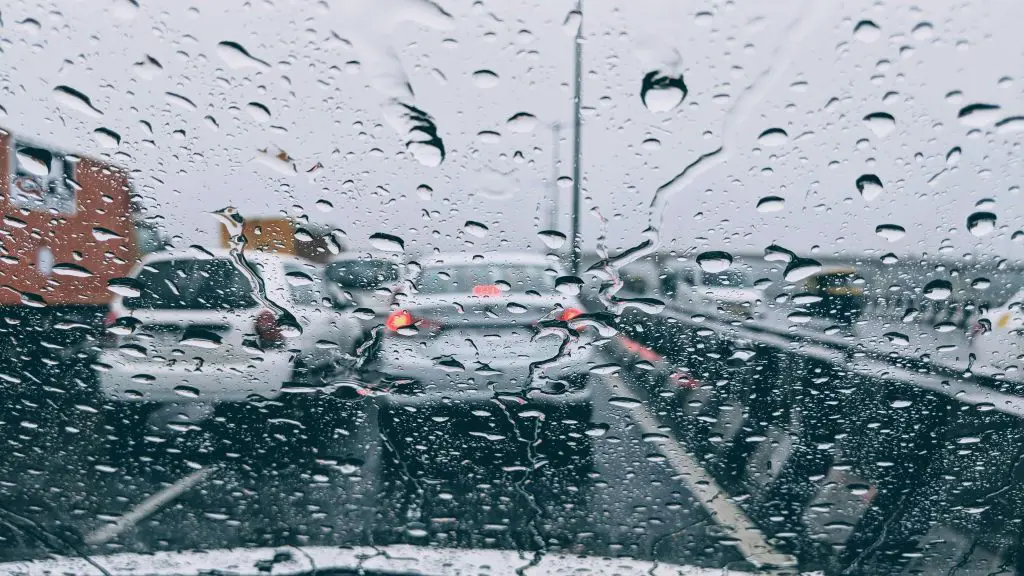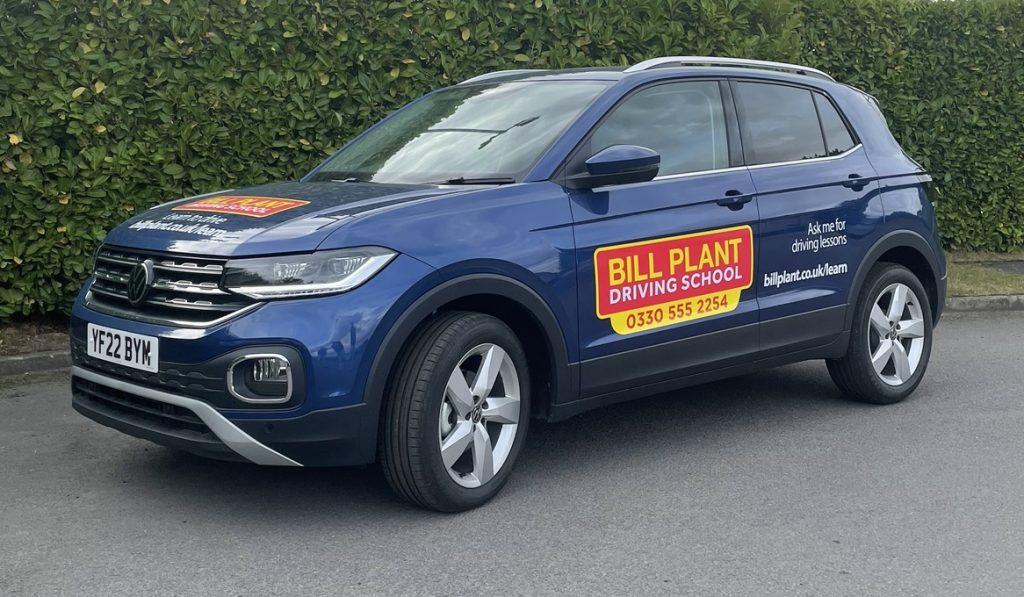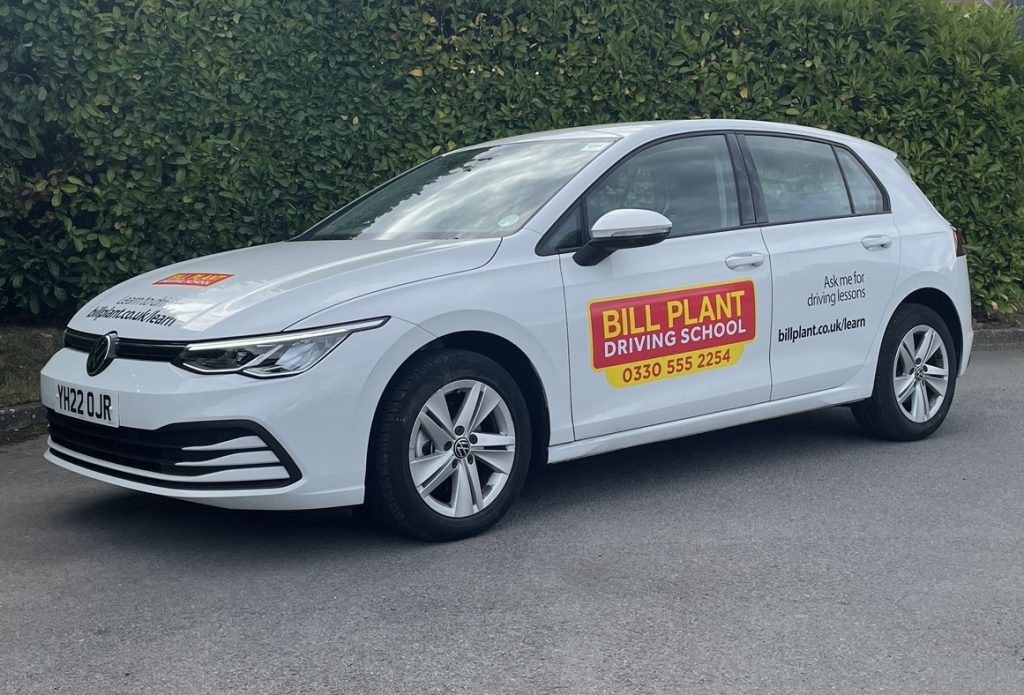
With the summer coming to an end in the UK and the weather starting to take a turn for the worse, the Bill Plant Driving School team would like to give you some hints and tips for driving in the rain.
How does rain affect my driving?
Stopping Distances:
As per the Highway Code, the stopping distance for vehicles doubles when driving in the rain due to your tyres having less grip on the road. Please leave more space between yourself and the car in front and keep to a slower speed to overcome this.
Visibility:
In a heavy downpour, water will stay on your windshield, making it nearly impossible for you to see. Before leaving, make sure that your windshield wipers are fully functional to clear the water, so you have a clear field of vision.
Things to check before setting off
Is your journey necessary?:
Think to see if the journey can be made at a later time/date. If not, avoid places that are prone to flooding and allow yourself extra time for the journey.
Make sure headlights/ wipers are working:
You will need to have your headlights and windshield wipers on during your travels to increase visibility and allow other road users to see you more clearly. It’s best to double-check that both are working before setting off.
Tyres:
You must make sure that your tyres are the recommended legal tyre tread depth (1.6mm) to make sure that you have enough grip on the road while driving.
Fuel:
Make sure that you have enough fuel before setting off on your journey. Rain can cause a lot of traffic as well as using your headlights, wipers and heater, all of which significantly affects your fuel consumption.
How to drive in the rain
Slow down:
Stopping distances are doubled in the rain, so reducing your speed will leave you more space between you and the car in front.
Don’t heavy brake:
Heavy braking in the rain can cause you to aquaplane (where your wheels are not touching the road due to a layer of water being between them) and cause you to lose control. Instead, you should gently press your brakes in order to slow down.
Avoid standing water:
Driving too quickly through standing water can cause aquaplaning. If you feel your car lose contact with the road and your steering becomes light, ease off the accelerator to allow your car to slow down (do not press your brake as this can cause you to lose further control!) until you regain control.
Use heater to unfog windows:
Rain will cause your windshield to fog up and heavy impact your visibility. To clear your windshield, use your heater on the windshield setting, and the fog will clear.
Look out for large vehicles:
Try your best to stay clear of large vehicles such as lorries and buses as these will cause spray, which again will affect your visibility. If you do have to go past a large vehicle, you should increase the speed of your windshield wipers to get rid of the access water quickly.
Don’t use cruise control:
Using cruise control in the rain can cause your car to skid and lose control. As stated above, if you start to aqua plain, you will need to reduce your speed and not use your brake. If you are using cruise control, the car will not slow down automatically if you take your foot off of the accelerator, so you will have to use your brakes which could cause you to lose control of the car.
Learn to drive with driving lessons from one of our professionally trained driving instructors. All of our driving instructors have completed our driving instructor training and lessons are available in several locations.

